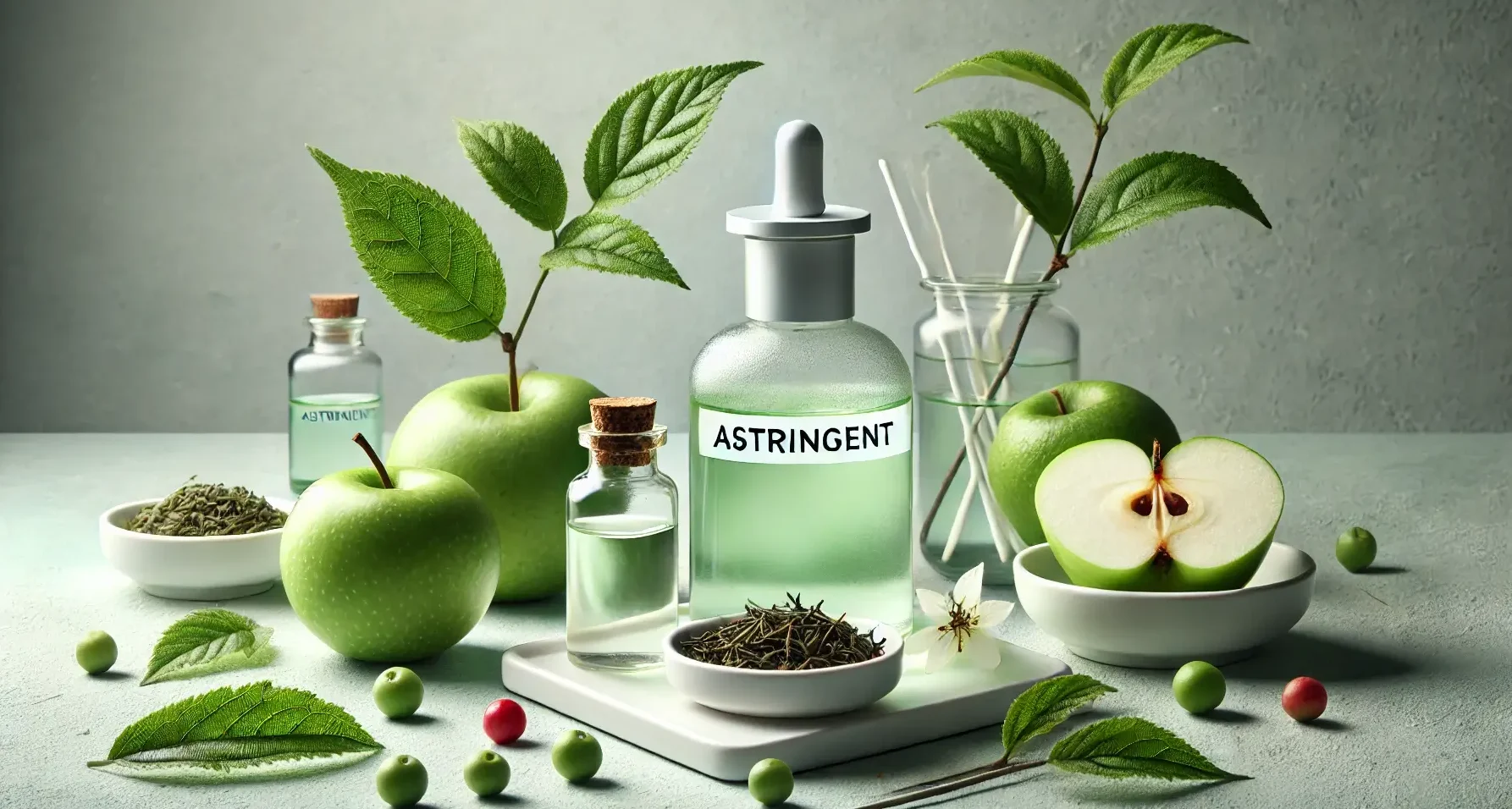Overview of Astringents:
- Astringents are substances that cause the contraction or shrinkage of tissues, helping to dry out and tighten the skin.
- Commonly used in dermatology, cosmetics, and some medical treatments.
- They work primarily by precipitating proteins on the skin surface or mucous membranes, leading to reduced tissue permeability, inflammation, secretion, and bleeding.
Mechanism of Action
Coagulation of Surface Proteins:
- Astringents coagulate surface proteins of cells, especially keratin proteins in the skin, resulting in:
- Tightening and firming of the skin or mucous membranes.
- Reduction in fluid secretion, thereby drying the area.
- Decrease in swelling and inflammation.
This is a sample ad placement!
Common Uses of Astringents
-
Skin Care
- Used in skincare products to remove excess oil, tighten pores, and give a fresh feeling.
- Beneficial for oily or acne-prone skin, as they help clear sebum and prevent acne formation.
-
Minor Cuts and Abrasions
- Helps stop minor bleeding by causing blood vessels to contract and reducing blood flow.
-
Mucous Membrane Issues
- Used in medical settings to reduce mucus secretion and swelling in areas like the throat or in hemorrhoid treatments.
Examples of Astringents
-
Witch Hazel
- A natural astringent derived from the witch hazel plant.
- Commonly used in skincare products for its ability to tighten skin and reduce inflammation.
-
Aluminum Acetate
- A chemical astringent used in medical solutions to soothe skin irritations and reduce inflammation.
-
Tannic Acid
- Found in tea and some plants.
- Used in treatments for sore throats, hemorrhoids, and skin irritations due to its astringent properties.
This is a sample ad placement!
Thank you for reading from Firsthope's notes, don't forget to check YouTube videos!

